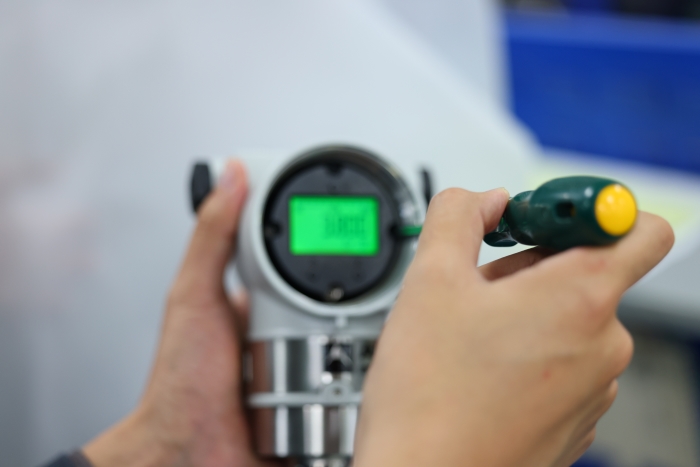
Solving Common Challenges with Differential Pressure Transmitters
2025-02-06 09:45Q: What is the best way to install a differential pressure transmitter in a steam system?
A:When installing a DP transmitter in a steam system, it's crucial to properly account for temperature and pressure fluctuations. Ensure that the transmitter is placed in a location that minimizes heat exposure while also ensuring proper condensation drainage. It is recommended to use impulse piping to prevent direct exposure of the transmitter to extreme temperatures. Calibration should be carried out at both low and high pressure points to ensure accuracy in both steam and condensate phases.
Q: We’re having issues with inconsistent readings from our DP transmitters in a water treatment plant. What could be the cause?
A:Inconsistent readings from DP transmitters in water treatment facilities are often due to the buildup of debris or sediment in the impulse lines. This can block the pressure connection and disrupt the transmitter’s accuracy. Regular cleaning and maintenance of impulse lines are essential. Additionally, ensure that the transmitter is installed at the correct height to avoid issues with water level changes. It might also help to install a filtration system or a protective valve to avoid solid particulates interfering with the pressure measurement.
Q: Is it possible to use a DP transmitter for measuring flow in a pipe without inserting it directly into the flow?
A:Yes, you can use a differential pressure transmitter to measure flow in a pipe without direct insertion into the flow path. This can be done using a primary element such as an orifice plate or venturi tube installed in the pipe. The differential pressure across the primary element is proportional to the flow rate. The transmitter measures this pressure difference and, combined with the pipe’s dimensions and fluid properties, calculates the flow rate. This non-invasive method is ideal for preventing wear and tear in the pipe while ensuring accurate measurements.
Q: Can a DP transmitter be used for level measurement in tanks?
A:Yes, differential pressure transmitters are commonly used for level measurement in tanks, silos, and other containers. By measuring the pressure difference between the bottom of the tank and the top, the transmitter can determine the liquid level. However, it’s important to account for temperature fluctuations and ensure that the liquid's density is consistent. Installing a temperature compensator can help improve accuracy, especially in tanks where the stored liquid may undergo significant temperature changes.

